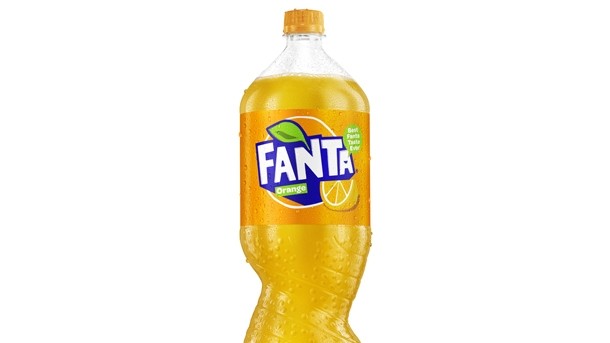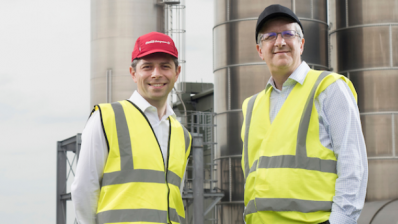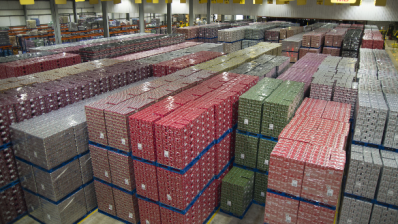Caution over consumer insight tests

These challenges were highlighted by The Coca-Cola Company’s dramatic redesign of its Fanta bottle, launched in the UK in April this year, and the earlier near-fatal impact of one specific round of consumer testing on its global prospects.
Fanta’s ‘spiral’ bottle has replaced the waisted ‘splash’ bottle. According to Coca-Cola, the re-evaluation began in 2012 when the existing pack was judged to have become a category standard.
The company wanted a distinctive design equity that it could protect, said Gregory Bentley, the packaging engineer at Coca-Cola who championed the spiral structure. The bottle started out as one of six design routes under consideration.
Accepted wisdom says it is not viable to create an asymmetrical bottle for a carbonated soft drink (CSD), but that was precisely what was achieved by Coca-Cola and design agency Drink Works.
“Asymmetry may be a symptom of a non-viable structure, but it’s not the cause, and it’s possible to design around it,” Bentley explained.
‘The project was dead’
The design was validated at every stage, according to Drink Works. Bentley said he had no doubts about the need for consumer research, but he is on the record as saying that “the project was dead” in the wake of one fateful eye-tracking test.
These 2013 trials, however, were based on a graphic rather than a 3D structure, Bentley explained. “The top-line results said that people’s eyes were drawn to the [old] Fanta splash bottle not significantly any less than they were to the spiral bottle,” he added.
The results were deemed to be “inconclusive”, but it was enough to consign the project to the deep freeze until 2015, when a colleague put the bottle forward for market testing in Italy.
“The lesson from all of this is to make sure you’re involved,” Bentley said. “Own [your design project] and own it fully. That includes being part of any discussions about how you do consumer research.”
Sometimes, the risks lay with interpreting consumer preferences.
In research for a brand of crispbreads, James Harmer, insight director at Touch Packaging Innovation, discovered consumers had underlined the importance of ‘freshness’ in the product.
How people interact with packaging
Both the role of ethnography – the study of people and culture – and following how people interact with packaging in their homes, had a part to play in this, Harmer said.
Consequently, the brand-owner considered – and researched – resealable plastics packaging, even though it had only ever previously used a paper-based pack.
“By applying ethnography, we found out, yes, what they felt they wanted was ‘freshness’, but a bigger part of what they liked about the product was the feel and sustainability of paper,” said Harmer. “At the same time, they wanted the reassurance of keeping the product wrapped.”
Echoing the Fanta example, Harmer concluded: “Sometimes, research outcomes can stymie something that, if you’d allowed the consumer to think about it slightly differently, might have been received more favourably.”
However, he warned: “Producing prototypes that people can pick up and use realistically can cost a huge amount of money.”
















